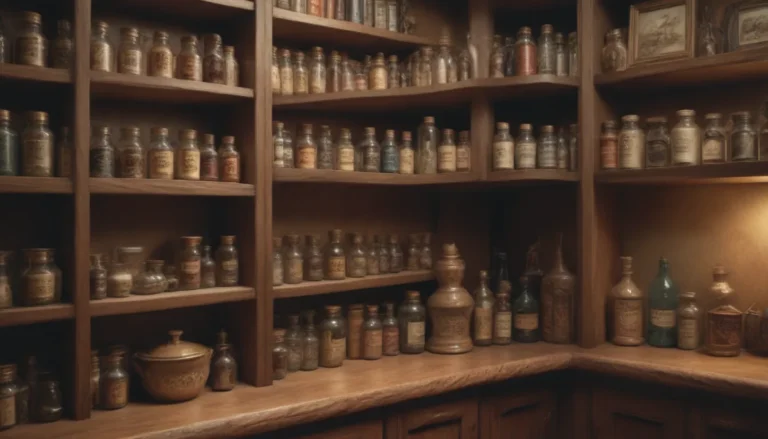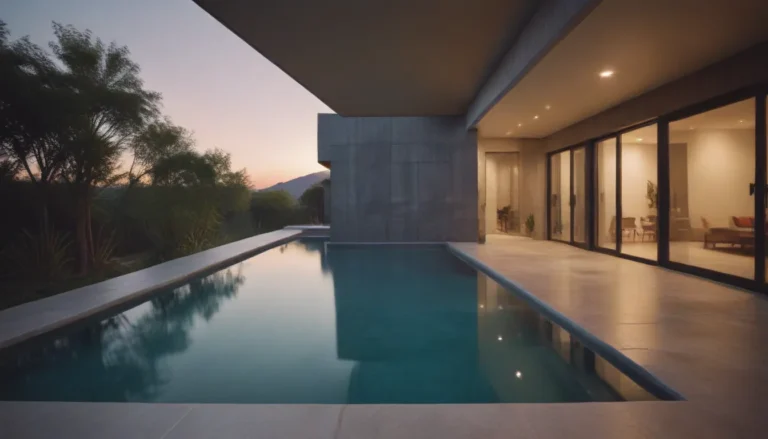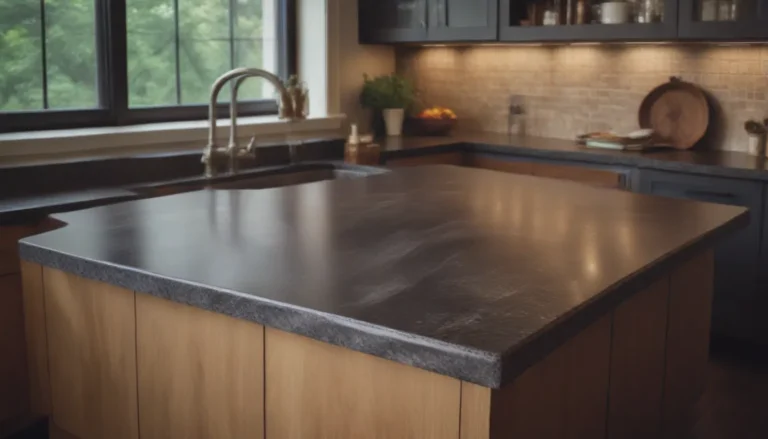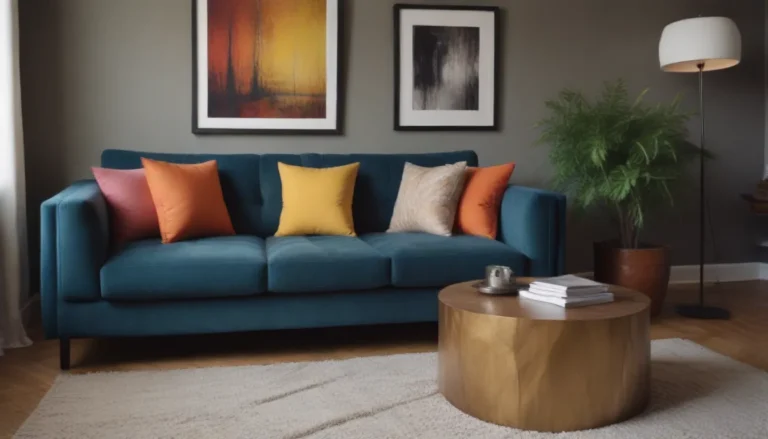Exploring the Luxury Concept of Pied-à-Terre Living
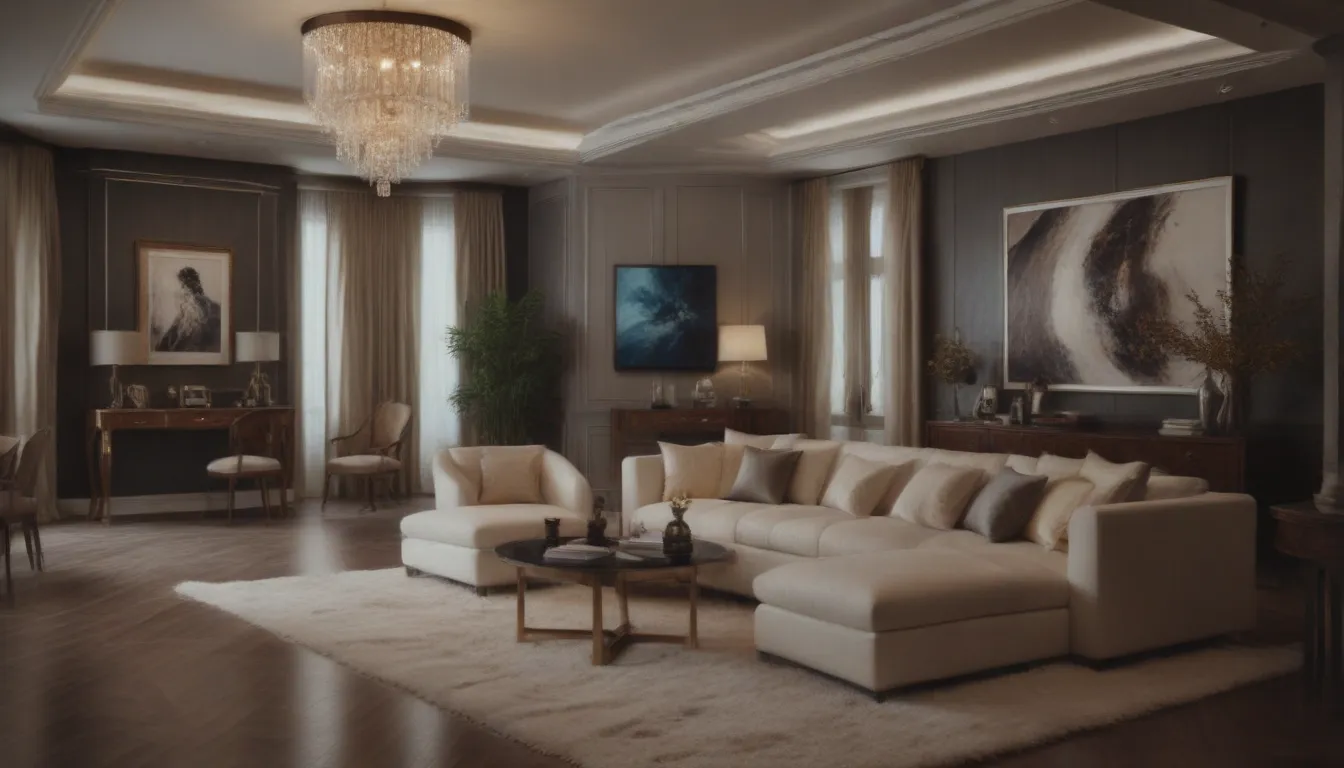
Introduction to Pied-à-Terre Living
Are you intrigued by the idea of owning a pied-à-terre but unsure about what it entails? In this comprehensive guide, we will delve deeper into the world of pied-à-terre living. Derived from the French term meaning “foot on the ground,” a pied-à-terre is not just a luxury concept but a practical approach to having a secondary dwelling in a bustling city while maintaining a primary residence elsewhere.
Understanding the Essence of a Pied-à-Terre
Leslie Banker, principal designer of Leslie Banker & Co, eloquently describes a pied-à-terre as a small apartment that serves as a part-time escape rather than a full-time residence. It is a chic space where individuals can spend a few days, whether for a weekend getaway or occasional business trips. The allure of a pied-à-terre lies in its ability to offer a sense of home while away from home, providing a comfortable retreat in the heart of a vibrant urban landscape.
Benefits of Owning a Pied-à-Terre
Home Away from Home Convenience
One of the primary reasons to consider investing in a pied-à-terre is the convenience it offers over traditional lodging options. Unlike hotels or vacation rentals, a pied-à-terre provides a personalized space where you can relax, entertain guests, and enjoy the comforts of home. Michelle Murphy of Demi Ryan highlights that owning a pied-à-terre eliminates the need for frequent hotel stays, allowing you to keep your personal belongings in the space and simplify your travel routine.
Real Estate Investment Opportunity
Beyond its practicality, a pied-à-terre can also serve as a valuable real estate investment. By owning a secondary property in a desirable location, you not only have a luxurious retreat but also a potential asset that can appreciate in value over time. This dual functionality makes a pied-à-terre a smart financial decision for those looking to diversify their real estate portfolio.
Pros and Cons of Pied-à-Terre Ownership
Pros:
- Easier Travel: Enjoy the convenience of frequent trips to a city without the hassle of booking accommodations.
- Real Estate Investment: Diversify your portfolio by owning property in a prime location.
- Simplicity and Minimalism: Embrace a minimalist lifestyle while traveling, with a pied-à-terre offering all the comforts you need.
- Personalization: Decorate and furnish your pied-à-terre to suit your style and preferences.
Cons:
- Costly Investment: Purchasing and maintaining a pied-à-terre can be a significant financial commitment.
- Limited Amenities: Unlike hotels, a pied-à-terre may not offer the same level of amenities and services.
- Design and Furnishing: It’s essential to invest in designing and furnishing your pied-à-terre to make it functional and inviting.
Finding the Perfect Pied-à-Terre Location
Urban Appeal
Traditionally associated with city living, pied-à-terres are prevalent in major metropolitan areas such as New York City, London, and Paris. These locations offer a vibrant urban lifestyle with convenient access to cultural attractions, dining options, and entertainment venues. Kevin Harris of Kevin Harris Architect, LLC, emphasizes that pied-à-terres are typically situated in densely populated areas, making commuting and activities easily accessible.
Changing Trends in Pied-à-Terre Living
While pied-à-terres were once characterized by their compact size and minimalist design, the landscape has evolved over time. In major cities, the price, size, and amenities of pied-à-terres now rival those of luxurious town mansions, reflecting a shift towards more upscale and extravagant living spaces.
In conclusion, owning a pied-à-terre offers a unique blend of luxury, convenience, and investment potential for discerning individuals seeking a sophisticated urban retreat. Whether you are considering purchasing a pied-à-terre for personal use or as a strategic real estate investment, this elegant living concept embodies the perfect balance between style and functionality in a bustling city environment.

